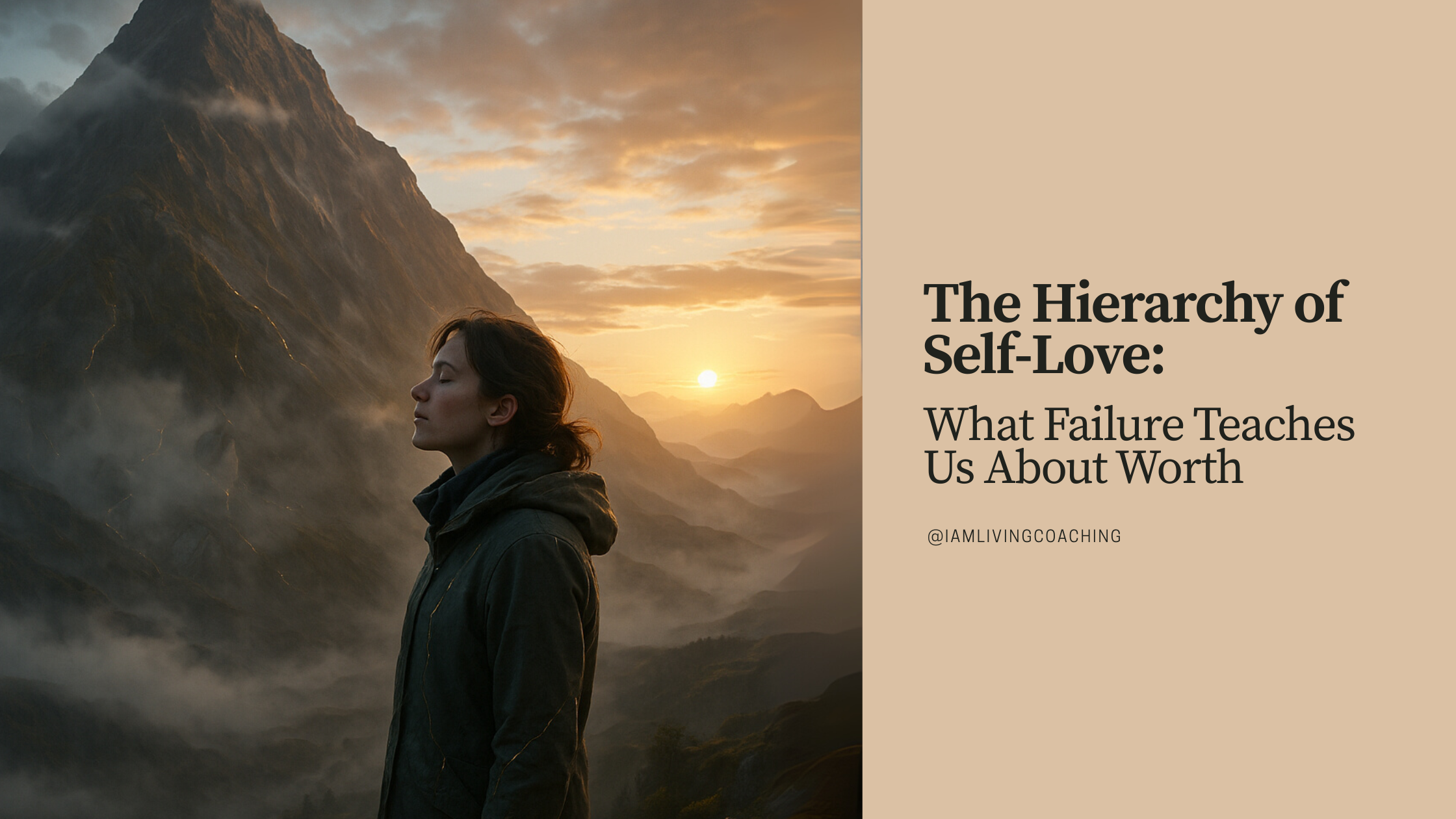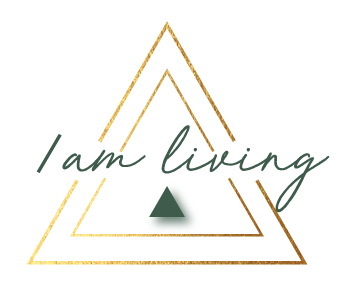

Why Silence Might Be the Most Powerful Tool You’re Not Using
In a world that never stops talking, silence can feel threatening. But over the years I’ve learned—It isn’t the absence of something. It’s the presence of everything.

Returning to Love: A Practice for Complex Times
This week, I’m sharing a reflection on compassion: not as something we give, but as something we practice returning to. Inspired by Reverend Gregory Boyle and Pema Chödrön, this piece explores how self-judgment blocks our ability to connect—and how softening inward is what helps us meet others with grace.
Anxiety and Compassion: Learning to Work with Your Mind 🙌
Anxiety has a way of taking root in the unknown. The moment our brain senses uncertainty, it kicks into “protection mode,” imagining all the worst-case scenarios to help us prepare. But instead of helping us, it usually just paralyzes us.
The Alchemy of Self: Transforming How We See Ourselves, and Therefore, the World ✨
"Our states of mind and our states of being dictate our thoughts, which drive our actions, and ultimately sculpt the reality we experience."
